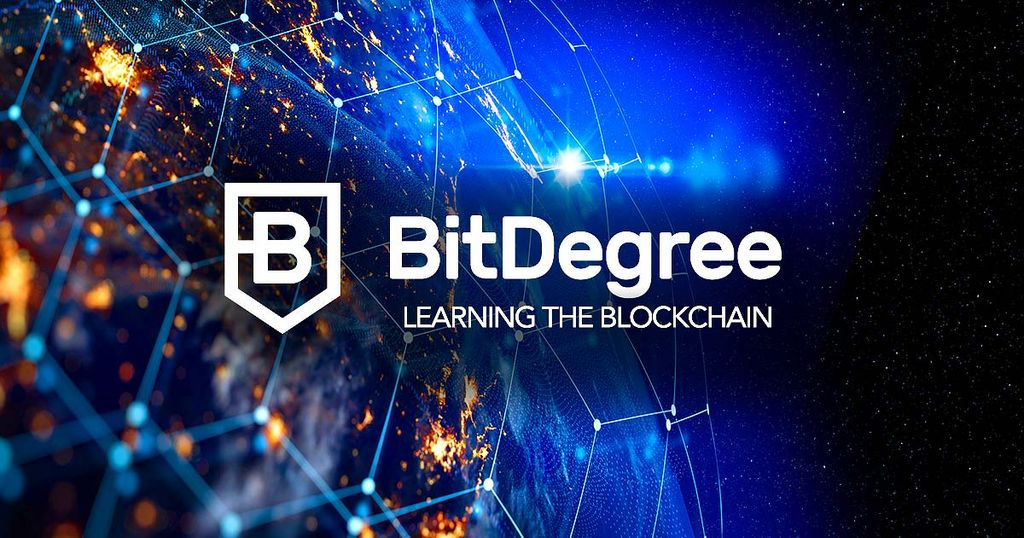Layer 3 Blockchain Beginner’s Guide

What is Layer 3 Blockchain?
Layer 3 blockchain represents the next advancement in blockchain technology. Built on Layer-1 and Layer-2 solutions to create custom, application-specific blockchains tailored to your needs.
Layer 3 blockchain enhances the capabilities of decentralized applications (DApps). It aims to overcome the limitations of layer 1 and layer 2 blockchains and accelerate the adoption of blockchain technology.
Layer 3 Blockchain Description
Layer 2 solutions scale blockchain networks, while Layer 3 focuses on connecting different blockchains. This ensures smooth communication between them. Layer 3 blockchain provides comprehensive scalability, performance, interoperability, functionality, security, and cost solutions.
Key features include improved transaction throughput, cross-chain communication protocols, and smart contract capabilities. These features facilitate complex DApp and network interactions. Additionally, advanced governance mechanisms ensure efficient decision-making and protocol evolution.
Let’s go a little deeper and try not to get bored, shall we?

Differences between Layer 1, Layer 2, and Layer 3
Blockchain technology can be viewed as a multi-story building. Layer 1 forms the basic architecture, Layer 2 adds functionality, and Layer 3 supports applications. Each layer has different consensus mechanisms, scalability solutions, transaction speeds, and security features.
Layer 1: Base Layer
Layer 1 blockchain provides a secure foundation for a blockchain network by adding blocks and completing transactions. They rely on consensus mechanisms such as Proof of Work (PoW) or Proof of Stake (PoS) to verify transactions and are independent of other networks. However, they often suffer from high transaction volumes as they face blockchain’s triple lema of balancing scalability, decentralization, and security.
Layer 2: Built on top of Layer 1
Layer 2 solutions enhance Layer 1 functionality without acting as a separate blockchain. These auxiliary protocols, including state channels, rollups, and sidechains, solve layer 1 scalability issues. By performing off-chain computations and regularly settling transactions on the main chain, Layer 2 achieves higher transaction speeds and reduced costs without compromising security. However, there may be interoperability and customization limitations.
Layer 3: Application Layer
Layer 3 blockchain leverages base layer functionality to act as an application layer. This improves scalability beyond Layer 2, enabling higher transaction throughput and custom applications. Layer 3 blends consensus algorithms such as PoS and Proof of Authority to facilitate efficient and cost-effective financial transactions. Their hallmark is seamless communication and interoperability between various blockchain networks without any intermediaries. Advanced protocols and cross-chain bridges open up opportunities for DeFi, asset tokenization, and cross-border payments.

How L3 works
Layer 3 blockchains leverage off-chain computation and new consensus mechanisms to achieve scalability and interoperability for DApps. Adds sophisticated smart contract functionality based on the security and transaction capabilities of Layer 1 and Layer 2. Layer 2 scaling solutions, such as state channels and sidechains, allow Layer 3 to perform complex off-chain computations and payments while maintaining high performance.
Layer 3 improves interoperability by enabling communication between different blockchains through protocols such as Inter-Blockchain Communication (IBC). This also ensures seamless communication between various DApps, including DeFi and NFTs, developed on different blockchains.
A virtual machine environment within the Layer-3 architecture runs multiple DApps through smart contracts. This environment allows arbitrary code execution on the blockchain, allowing developers to create advanced DApps.
Components of a Layer 3 Blockchain
- Validium: This component addresses scalability by using zero-knowledge proofs to verify off-chain transactions. It reduces costs and speeds up transaction times, but relies on verifiers to secure data. Validium is less secure than Layer-1, but is suitable for applications that require high speed and efficiency.
- roll up: Rollups optimize transaction throughput by grouping multiple transactions into a single compressed data structure. Batch off-chain transactions and periodically commit them to layer 1, improving scalability without sacrificing security.
Layer 3 protocols often implement innovative consensus mechanisms such as PoS or Delegated Proof of Stake (DPoS). These algorithms improve network scalability and energy efficiency while maintaining decentralization and security.
Layer 3 airdrop
Will we see an airdrop?
If you haven’t discovered airdrops for every new and popular niche in cryptocurrency, you probably haven’t received an airdrop notification. The Layer 2 Airdrop was one of the best waves we’ve ever experienced. Now is not the time to look for a new Layer-3 Airdrop.
We already listed one called Olive Network earlier this week. Check out the guide here.
Future Challenges and Success
As innovative technologies grow, so do the challenges. One important challenge is seamless integration and compatibility with existing hierarchical blockchain architectures. Joint efforts to create interoperability solutions and common standards will impact adoption and innovation.
Developing and overseeing Layer-3 infrastructure is difficult. Careful consideration is needed to balance security, decentralization, and scalability to handle higher transaction volumes and a growing user base. Maintaining stability and durability is important.
Cross-border regulations pose additional problems. Collaboration with regulators and stakeholders is critical to creating a transparent and flexible framework for compliance and innovation.
The success of layer 3 blockchains depends on solving scalability and interoperability issues. The potential to revolutionize various industries and improve the decentralized ecosystem is enormous. Educating users and developers about the pros and cons of Layer-3 technologies is essential to driving adoption and fostering innovation in DeFi and beyond.
conclusion
Layer 3 blockchain represents a significant leap forward in blockchain technology. By improving functionality, scalability, and interoperability, it lays the foundation for more advanced DApps and an efficient blockchain ecosystem. Overcoming challenges and fostering innovation in this space is critical to the widespread adoption and success of layer 3 blockchains.
If you like our content, you can support us by signing up for a Binance account using our referral link. Don’t forget to claim your bonus if you buy/sell or trade cryptocurrencies.
You might also like our other Ton Blockchain or Liquid Stake guides:




